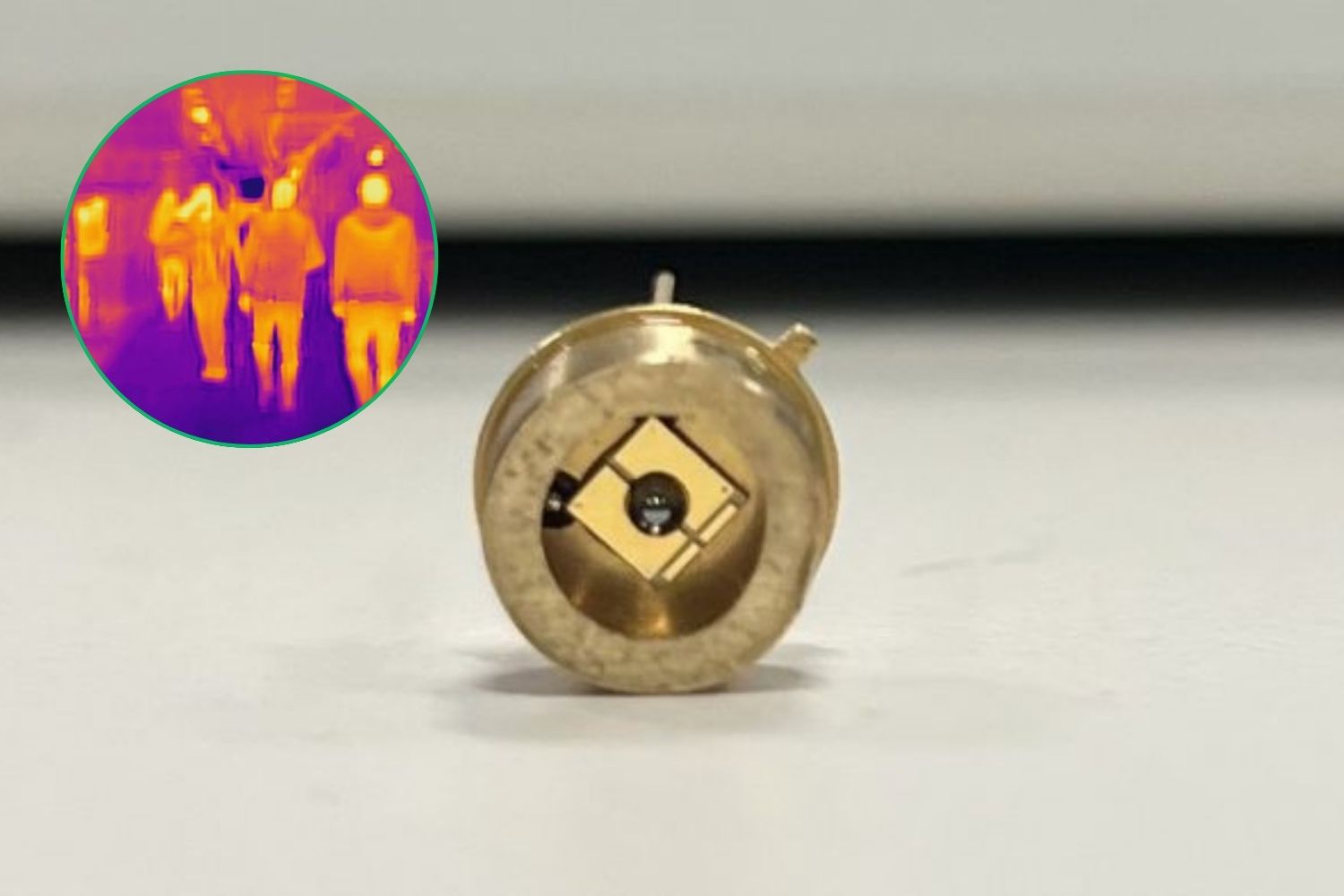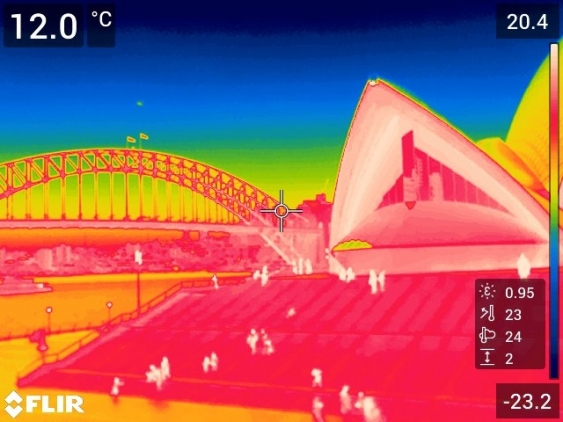A team of researchers from UNSW has developed a technology that can generate electricity at night by harnessing heat in the form of infrared light. The innovation could have future applications, from powering devices without batteries to using space satellites to generate power during the dark.

A team of scientists at the University of New South Wales (UNSW) has achieved something long considered nearly impossible: producing electricity from solar energy even during the night.
This breakthrough addresses one of the major limitations of solar power — its inability to function after sunset. While storage solutions and cutting-edge innovations like “lunar photovoltaics” are already helping to tackle this issue, the new technology marks a bold step forward.
Like the earth at night
The UNSW School of Photovoltaic and Renewable Energy Engineering managed to generate electricity by capturing infrared radiation, the same type of energy the Earth releases after the sun goes down.
Infrared light is a form of electromagnetic radiation with a longer wavelength than visible light. It plays a crucial role in Earth’s thermal balance — it’s how our planet dissipates the heat it absorbs during the day.
To tap into this process, researchers used a semiconductor device called a thermoradiative diode. Built with materials similar to those found in night vision goggles, the diode generates energy from infrared light emitted by warm surfaces into cooler surroundings.
“The amount of energy produced is still very small — around 100,000 times less than a conventional solar panel — but it’s a clear demonstration that electricity can be generated this way,”
said Professor Ned Ekins-Daukes, who leads the project.
The results offer the first experimental confirmation of a previously theoretical concept, and the team is now exploring materials that could make large-scale manufacturing feasible.
How the technology works
At night, heat stored during the day radiates into space as infrared energy, visible in thermal images as glowing red, white, or yellow areas.
“Just as a solar cell generates electricity by absorbing sunlight from a very hot sun, a thermoradiative diode generates electricity by emitting infrared light to a colder environment. In both cases, it’s the temperature difference that makes energy generation possible,”
explained Dr. Phoebe Pearce, one of the researchers involved.

A thermal imaging camera highlights the amount of heat radiating from Sydney Harbour and its surroundings back into the atmosphere at night.
Future applications: from wrist to orbit
The researchers believe this technology could unlock entirely new ways to generate power, even in environments where traditional solar panels fail.
“In theory, we can generate energy with this method even from body heat,”
said Professor Ekins-Daukes.
In the future, this could lead to wearables like wristwatches powered by human body heat, removing the need for batteries or recharging.
On a completely different scale, the team is exploring how this technology could benefit spacecraft. In low Earth orbit — where the International Space Station (ISS) resides — a full day lasts just 90 minutes, split evenly between sunlight and darkness. Currently, spacecraft rely on solar cells and backup batteries to maintain operations during eclipse periods. With thermoradiative diodes, energy could be generated even during the dark phase of orbit, improving efficiency and reducing battery reliance.
Source: UNSW
